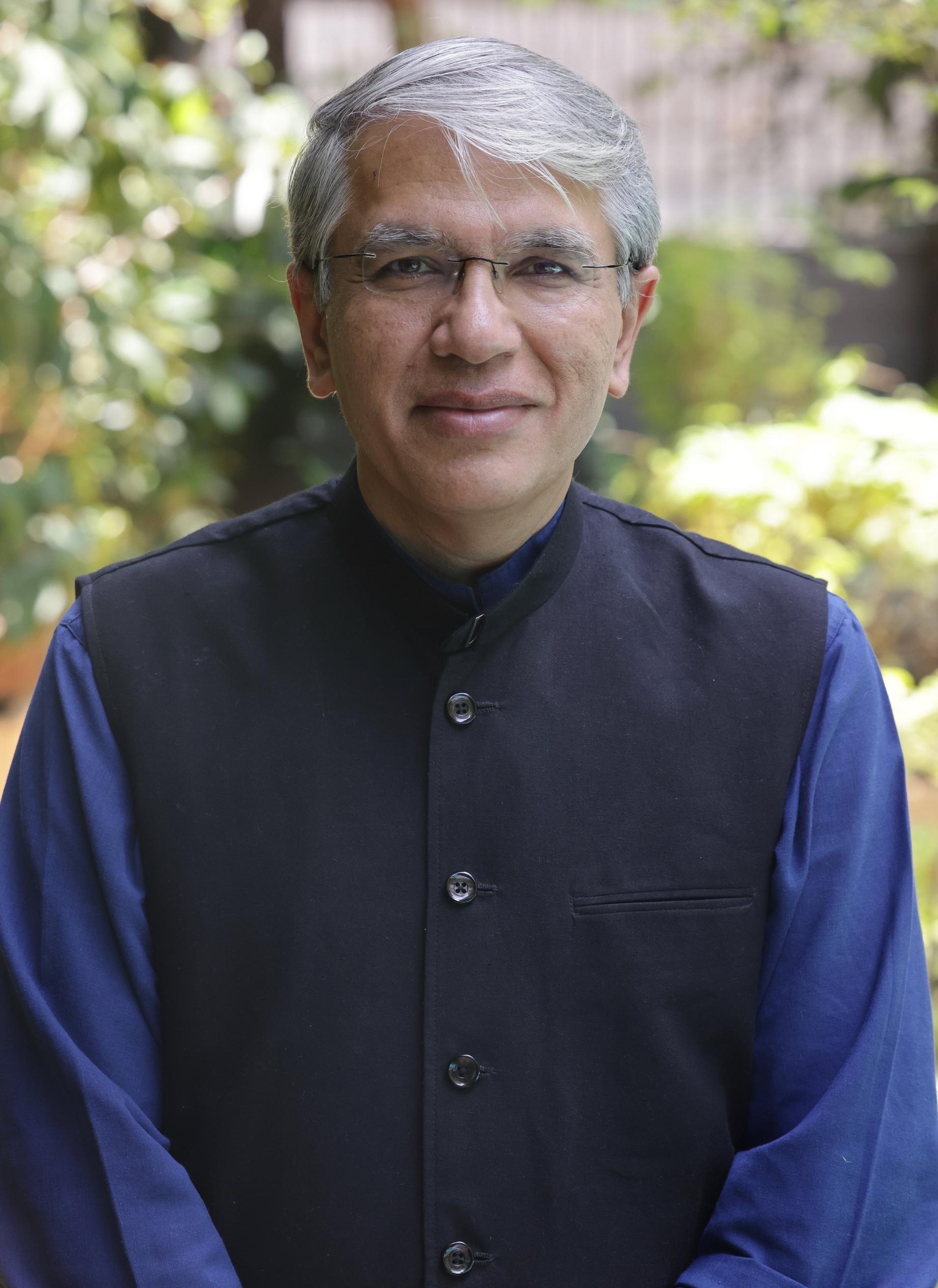India’s Stock Market: A Catalyst for Mass Prosperity

India’s stock markets stand out from their counterparts in other countries, providing a potent catalyst for widespread prosperity. While India’s stock market has surged past $4 trillion in value, its competitors like Brazil, Mexico, Thailand, and Malaysia lag far behind, each valued at around $0.5 trillion, with Chile and Vietnam even lower. However, historical evidence suggests that quality outweighs quantity in market value. The complexity, diversity, and institutionalization of India’s stock market set it apart, fostering an environment conducive to combining mass democracy with mass prosperity.
Contrary to the notion that stock market value, economic growth, and job creation are disconnected, evidence suggests otherwise. India’s economic development, akin to a game of Scrabble, has seen improvements in governance and business environment over the years, leading to increased private sector participation and economic growth. The stock market’s evolution reflects India’s transition from a heavily regulated economy to one marked by complexity, diversity, and institutionalization.
India’s stock market distinguishes itself in complexity by transitioning from mass manufacturing to value creation through technology and service exports. The diversity of India’s markets, characterized by a wide range of sectors and consumer markets, contributes to its resilience and potential for growth. Institutionalization, driven by democratic checks and balances, has curbed crony capitalism and led to increased institutional ownership and better corporate governance.
Mass prosperity hinges on the synergy between land, labor, and capital, facilitated by stock markets that fuel private sector investment and job creation. India’s burgeoning job market, fueled by domestic consumption and foreign investment, suggests a shift towards sustained economic growth. With Indian listed companies gaining momentum in scalability and job creation potential, India is poised to rival China in market weightage, market cap, and per capita income within the coming decade.
India’s journey towards prosperity has been marked by challenges and missed opportunities. However, the nation’s commitment to democracy coupled with economic reforms signals a promising future. As the Brihadaranyak Upanishad suggests, India’s destiny is shaped by its deep desires, and the desire for mass democracy intertwined with prosperity is one that India is poised to fulfill.
The original article written by Manish Sabharwal and Dhiraj Agarwal was featured in the print and online version of Mint Opinion on the 16th of February, 2024. Read the complete article here.
Latest Articles
Revolutionising Karnataka’s Human Capital through Degree Apprenticeship Programs
In 2021, India achieved a remarkable milestone, becoming an economic anomaly by exporting more software than Saudi Arabia did oil, with Karnataka at the forefront...
Read MoreWomen’s Increasing Role in India’s Manufacturing Sector
India's manufacturing landscape is undergoing a significant transformation, with an increasing number of women joining the workforce. In 2019-20, the Annual Survey of Industries reported...
Read MoreTier 2 & Tier 3 Cities Drive Growth in Retail Lending Employment
India's retail lending landscape is witnessing substantial growth, opening up large number of employment opportunities. This sector, which includes personal loans, home loans, auto loans,...
Read MoreIs AI Market in India Poised to Stand up to its $26T Growth by India@100?
Artificial Intelligence (AI) has seamlessly integrated into daily life, enhancing productivity in both homes and workplaces by automating repetitive tasks. This shift allows humans to...
Read MoreWhy Companies Must Diversify Their Annual Performance Review Beyond Monetary Benefits?
The employment outlook for 2024 in India presents a slightly more optimistic picture compared to the challenges of 2023. As companies conclude their annual performance...
Read More




